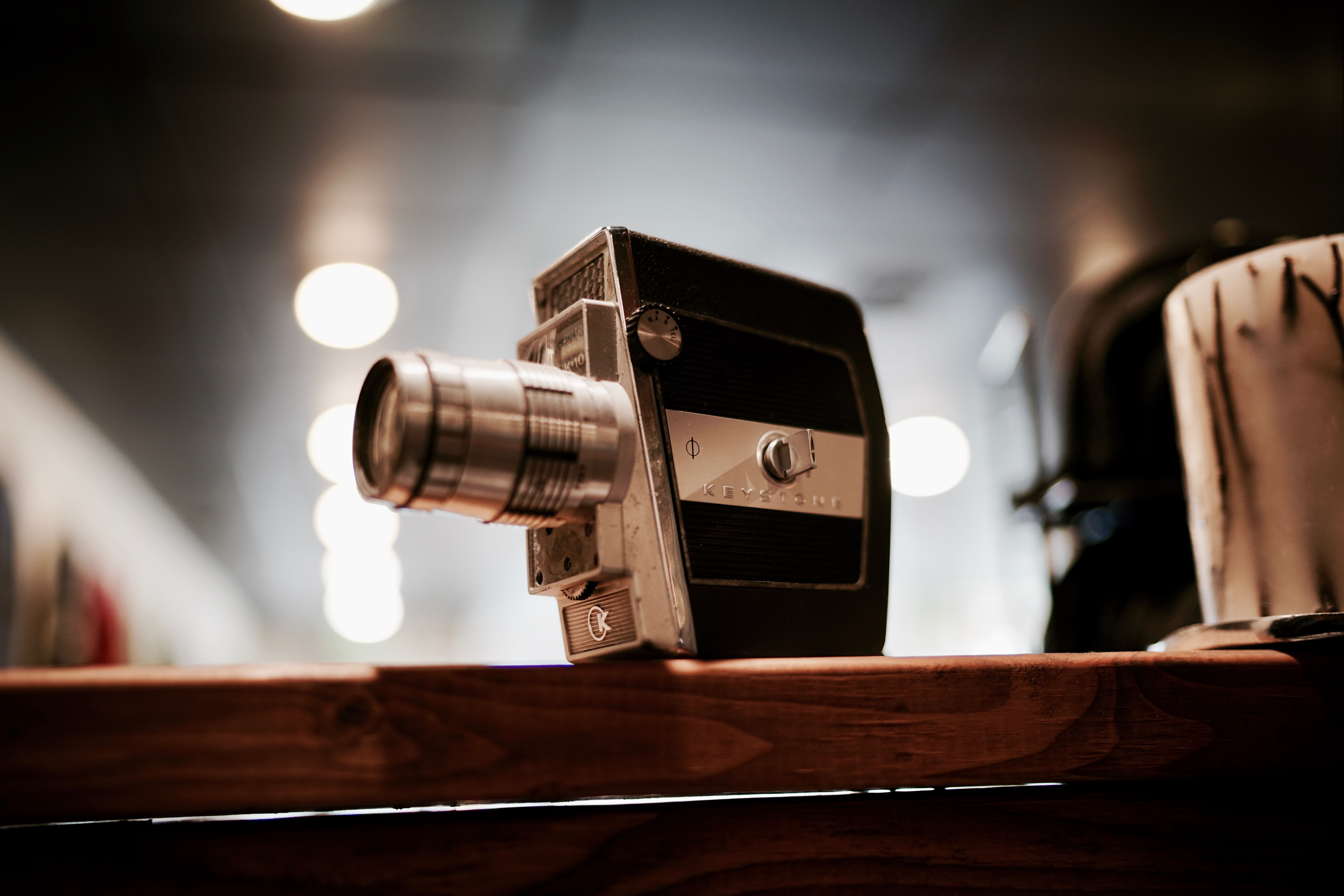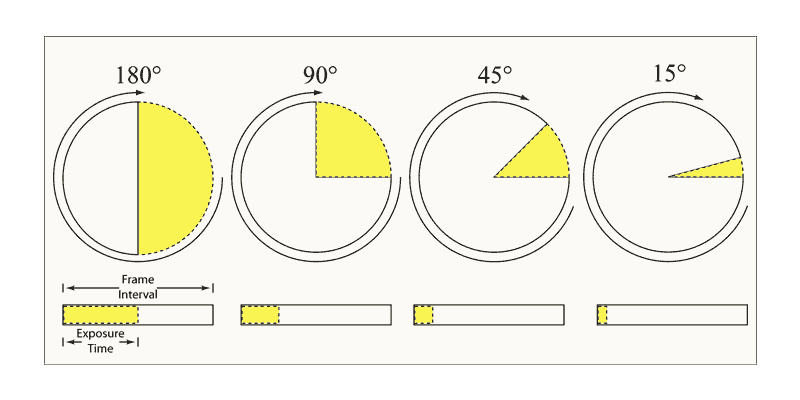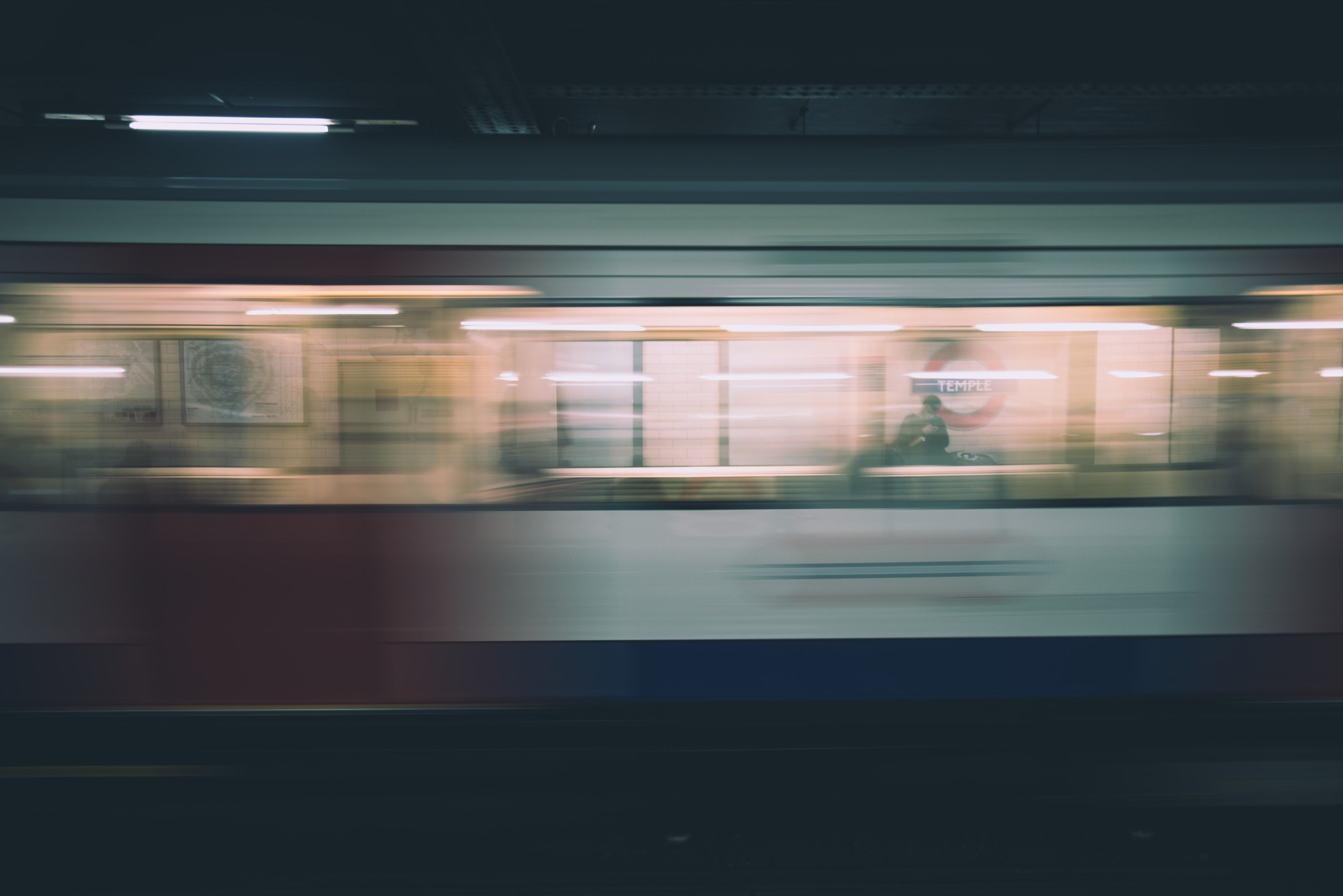Shutter angle has got to be one of the most misunderstood notions in the world of film. But it's important to learn about if you want to improve your cinematography skills. Even if you're using a DSLR camera or a mirrorless device, shutter angle is still relevant and valuable to your final look.
What is shutter angle in cinematography? How can you apply this concept to your own DIY filmmaking? By the end of this article, you'll understand everything you need to know about shutter angles.
What Is a Camera Shutter?
The shutter of a camera is what cuts the light and parses it into a photo. The sensor of the camera is not exposed to light until the time to take the photo has come. Once the sensor has been exposed, the shutter closes again until the next photo.
As true film photography gradually becomes a thing of the past, upcoming artists rely on all the accommodations of modern film gear. One common consideration in this category is the growing ubiquity of focal plane shutters and electronic shutters. These types of shutters have replaced mechanical shutters in modern digital cameras.
Professional film cameras, like the Sony F65 or the ARRI ALEXA, still include a mechanical shutter in their designs, and with good reason. A mechanical shutter emulates the rich quality of film, but only if you know what you're doing.
Do DSLRs Use Shutter Angle?
DSLRs don't really have mechanical shutters like the ALEXA. Instead, when taking a still photo, the mirrors conveying the image to the viewfinder cut the light by flipping up and out of the way. During this brief moment, the light hits the sensor, exposing it and becoming a photographic image. Once the image has been captured, the mirrors return to their protective position, blocking the sensor.
Mirrorless cameras simply instruct the sensor to begin "reading" for the duration of the "shutter" speed, turning the sensor on and off instead of physically blocking the light from it. Video-capable DSLRs operate in a similar way; you'll notice that you don't hear the mirrors continuously flipping as you shoot.
Despite this, shutter angle is still something that should be factored into your cinematic equation, as the relationship between your shutter speed and your frame rate will determine the quality of the video that you shoot. If you've got a shutter speed to deal with, you'll have a de facto shutter angle to contend with, too.
What Is Shutter Angle?

The time that the shutter remains open is called the shutter speed in photography. In cinematography, this definition remains the same. It describes the length of the exposure on a frame-by-frame basis.
When shooting video, the camera needs to take many photos per second. Traditionally, film cameras accomplished this with a rotary shutter, which is basically a disc with an adjustable opening that spins in front of the plane of photography. A device like this is able to cut the light many times in quick succession efficiently and frequently enough to produce the illusion of a moving image.
The opening is used to allow light in for a specific duration of the disc's rotation cycle, with each period of exposure producing one frame. Shutter angle is measured in degrees, referring to the portion of the cycle that allows the light to pass through; one full turn of the shutter, 360 degrees, is equal to one single frame, no matter how closed down or wide open the shutter angle is.

The larger the "slice" that the shutter angle takes up, the slower that your shutter speed will be. A 180-degree shutter angle is the default in many circumstances; in these cases, the frame is exposed for half of the rotary cycle, for 180 degrees of the shutter's rotation. A 360-degree shutter angle would expose the frame for the entirety of the rotation cycle.
Shutter Angle, Frame Rate, and Motion Blur

With a shutter angle of 180 degrees, the frame will be exposed for exactly half of each rotation of the mechanical shutter. At 24fps, this equates to a shutter speed of 1/48 of a second.
Just like with still photography, the faster your shutter speed, the less your subject will be able to move around during each exposure. Motion blur in video is the result of a slow shutter angle that drags along instead of chopping the action up.
This will give your video a "smooth" feeling, much like when you enable motion blur in After Effects. The opposite, an extremely scant, brief shutter angle, will confer a "stop motion" effect to your project.
Sometimes, this will be just what you want. Other times, it will not. Adjusting your shutter angle accordingly can help you pinpoint the right place to be, no matter what.
Making the Most of Shutter Angle for Photography
If you've ever found yourself grappling with DSLR footage tainted with a jittery, rolling-shutter effect, we suggest adjusting your shutter speed before trying anything else.
Even if you don't exactly have an AMIRA slung over your shoulder, the concept of shutter angle can help you achieve a cinematic look under any and all circumstances.
![How to Find IMSI Number on iPhone [Helps with iOS Unlock][Updated] data:post.title](https://blogger.googleusercontent.com/img/b/R29vZ2xl/AVvXsEjLjHwhnfUXNJTuiylqmlurhLRVAEVi803j6xcnvN8EZwF5_XUynz1y0Ko-vwpx6O3nT5hogTELahedGzgQpXM5Y99fcBliinyBu8ACw8_DVV3FpPLkIqR0u7v_HM39rAkpV5MyJiG1h5s/s72-c/find+imsi+iphone.jpg)